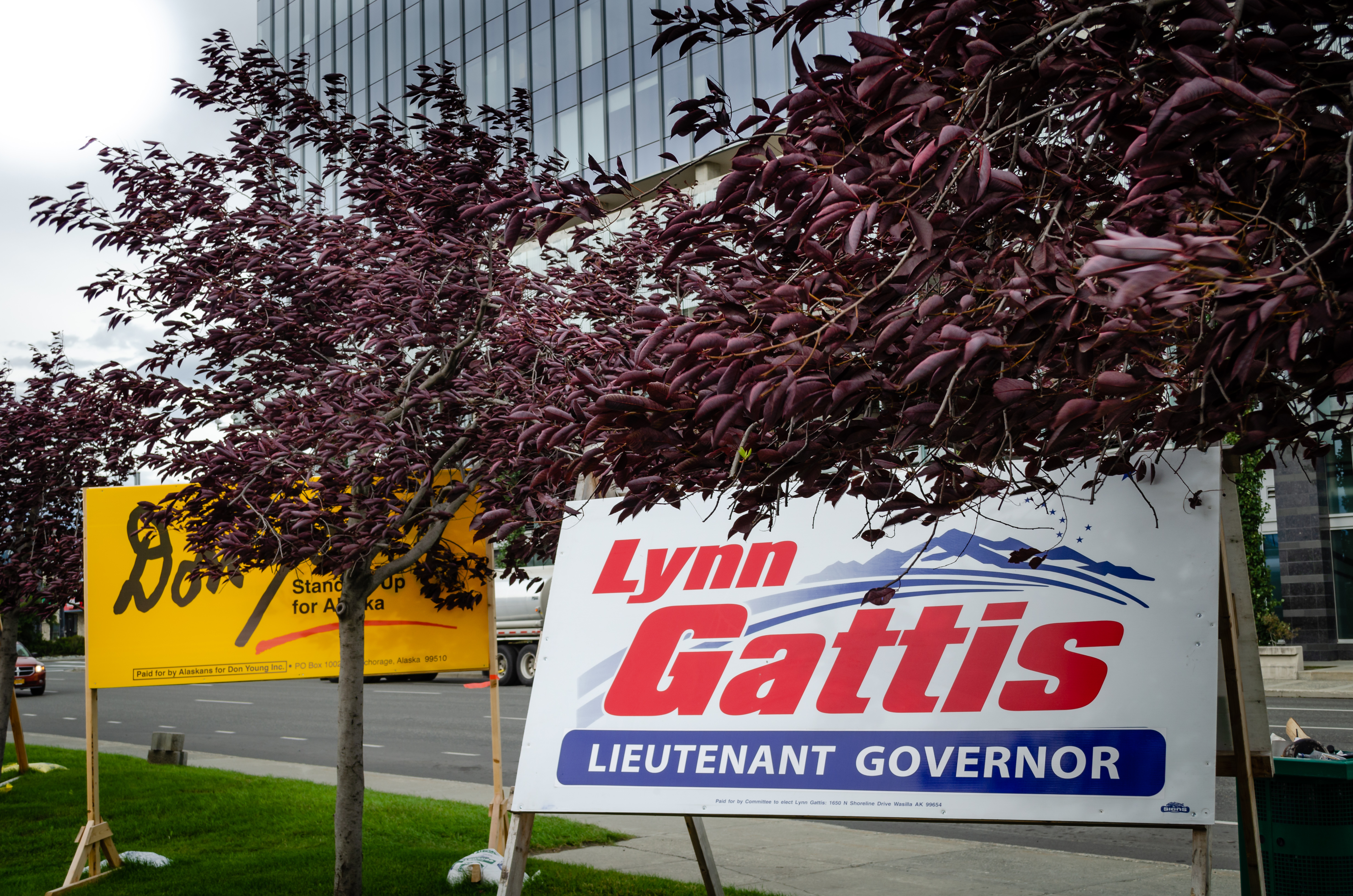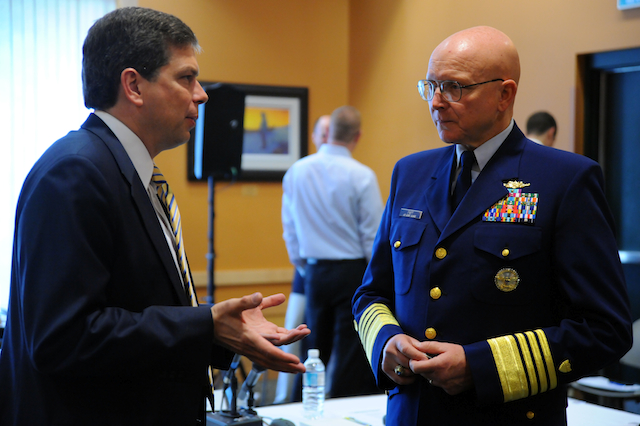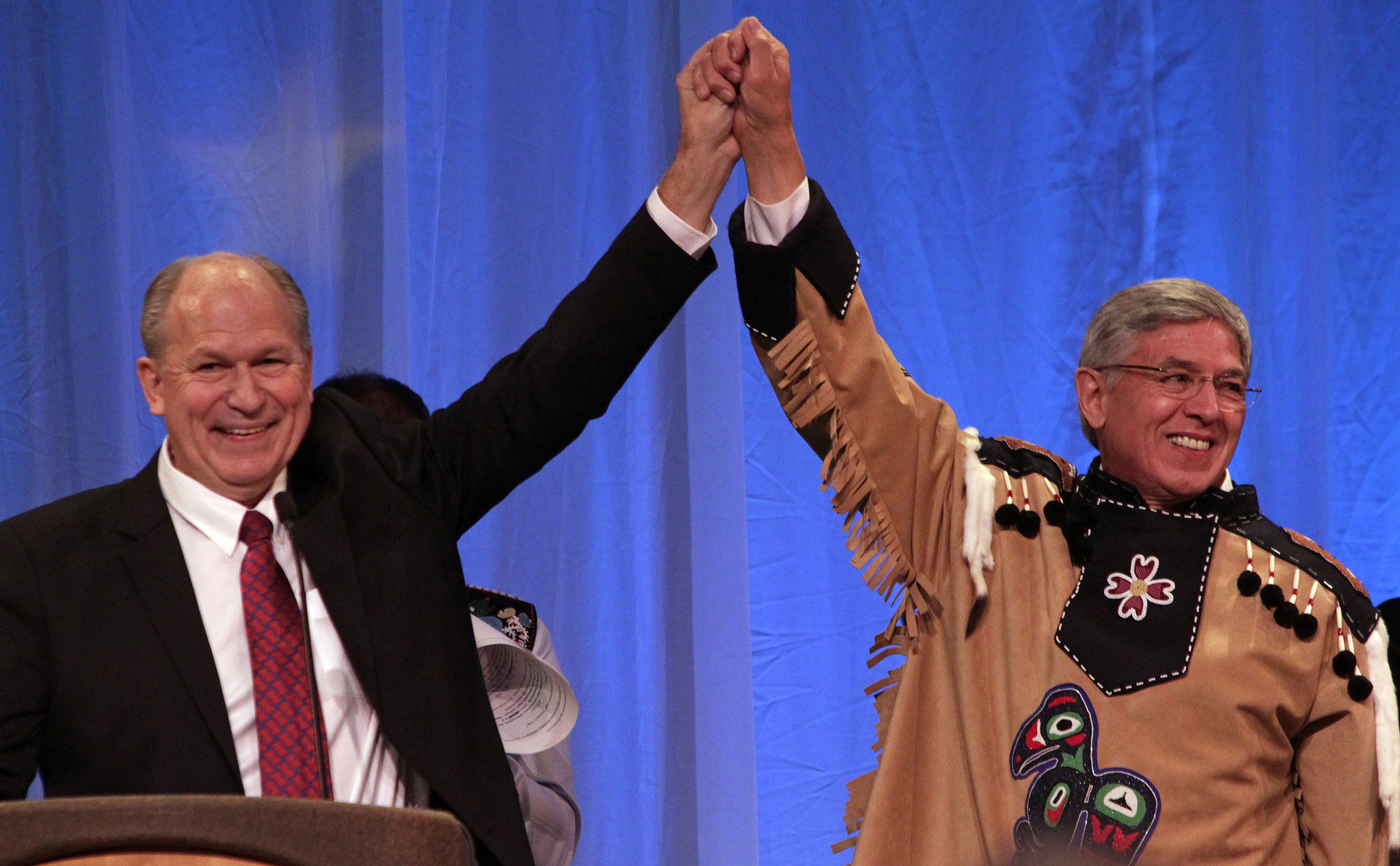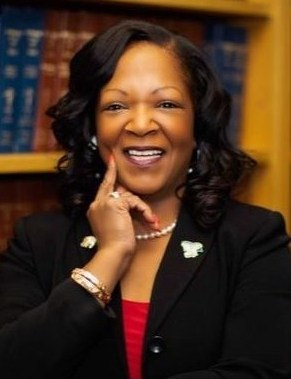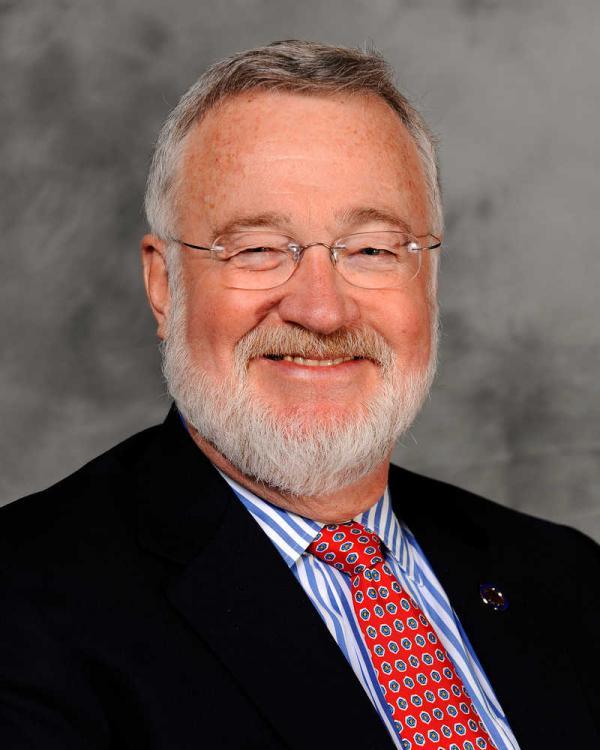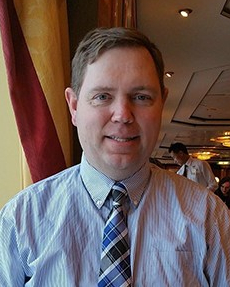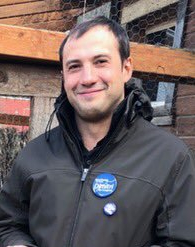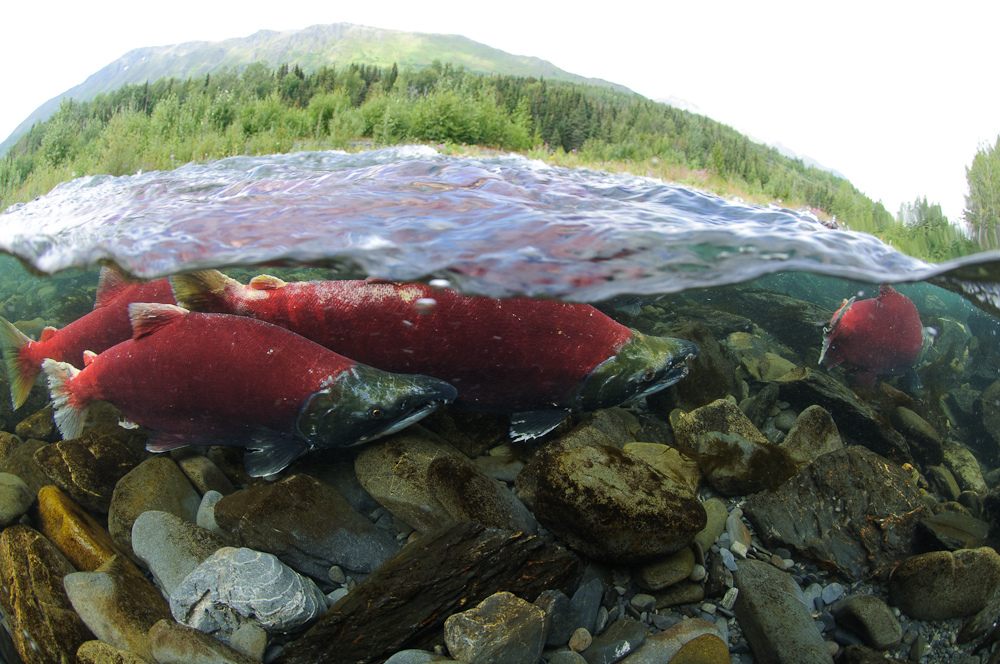For the past few months, a growing group of Ferndale residents and neighboring allies have been pressuring Ferndale City Council to pass a ceasefire resolution in response to the ongoing genocide in Gaza, perpetrated by the Israeli military with support from the US government.
At the time of this writing, over 70 US cities have issued resolutions of this kind, usually as a result of sustained pressure from local activists. Despite mass protests across the globe, Israel’s genocidal ethnic cleansing campaign has continued unabated for over 150 days, with a death toll of over 30,000 Palestinians (roughly 40% of whom are children). The US has now vetoed three separate UNSC ceasefire drafts.
Anyone familiar with Ferndale—a Detroit suburb with a reputation for progressive politics and queer-friendly inclusivity (who recently elected its first ever Black mayor in Raylon Leaks-May)—might expect the city to be at the forefront of such a movement.
However, the city council proved highly resistant to the grassroots ceasefire campaign, claiming that such an international matter lay outside their purview (despite previous showings of solidarity with Ukraine following its invasion by Russian forces in 2022).
The Ferndale constituents found themselves stymied by a frustratingly inert city council, who met their impassioned request with a bewilderingly opaque reaction, an apparent combination of indifference and political bemusement. Leaks-May, the newly elected mayor who won comfortably on a platform of inclusivity and “community engagement,” proved resolutely inscrutable throughout multiple weeks of emotional public comment on behalf of Palestine, pushing back weakly against a resolution that might prove “polarizing” for the community.
A transparent aside: I am not writing about any of this impartially; I am one of those Ferndale residents who spoke up in support of a ceasefire resolution, and I would ask the open question to all: who exactly are we afraid of “polarizing” on the topic of genocide?
Finally, the city council begrudgingly passed a ceasefire proclamation during a council meeting in February. Any would-be celebration on the part of the pro-Palestinian activists was decidedly muted by the council’s insistence on sidestepping an official resolution in favor of a weakly-worded proclamation, and the meeting grew more contentious still when councilwoman Laura Mikulski surprised the crowd with a personal diatribe in response to the campaign, claiming well-intentioned open-mindedness while simultaneously shaming the tactics of protestors and Whitesplaining colonialism to a group that counts Palestinians and Indigenous among its members. You can watch her entire statement here.
The intractability and political myopia of this city council is not, sadly, unique to Ferndale. Even at the local level, electoral politics in the US are being held hostage by conservative ideologies: pushed to the far right by the GOP and its fascistic bedfellows, and legitimized by liberal centrists who have a long history of demonizing and undermining legitimate leftist movements that dare to imagine a humanitarian alternative to the late stage capitalist police state we find ourselves in today.
In fighting for a symbolic denouncement of state-sanctioned genocide (a low barrier to clear), Ferndale activists came up against the dreaded “White moderate” that Martin Luther King Jr. warned us about in 1963. It’s not even that liberalism has proven to be an ineffective adversary of far-right fascism: this form of neoliberalism has co-opted terms of liberation while proving to be, at its core, a graveyard for actual liberation—a quagmire of stultifying niceties beholden more to respectability politics than actual justice, wielding a self-serving form of identity politics devoid of class consciousness or intersectionality.
The city council meeting two weeks after “proclamation night” was noticeably quieter, with most of the activists pivoting to the ongoing uncommitted campaign, which has grown into a national movement demanding more from a president earning the nickname Genocide Joe.
However, I felt compelled to use my three minutes of public comment to respond to councilwoman Mikulski’s statement, as I couldn’t get her words out of my head. I am posting a transcript of my statement here. It is crucial that we understand how Palestinian liberation is connected to global imperialism and the campaign for a world liberated from climate terrorists and corporate profit.
My name is Jonathan, and I am a Ferndale resident.
It’s Monday Febrary 26 of 2024, and despite the largest pro-Palestinian movement in the history of our country, we still do not have a ceasefire in Gaza. 30,000 dead, and more than 12,000 of them children. And despite weeks of pressure from Ferndale residents and our empathetic neighbors, we still do not have a ceasefire resolution from this council.
To that point, I feel morally compelled to address something said by Laura Mikulski during the last council meeting. She said that colonialism is not the right word for what is happening in Israel/Palestine.
This is wrong.
Zionist Israel is, by definition, a settler-colonial state, and what we are seeing now in Palestine is the logical and historically repeatable outcome of this inherently violent system. I should know: I too live in a settler-colonial state, the main difference is that our genocide is in the past, instead of happening right now, online, for the entire world to see.
Ms. Mikulski’s confusion over the definition of colonialism informs her reaction to slogans of resistance and liberation. From the river to the sea is a rallying cry for self determination in the face of violent oppression. How could this council understand what the Intifada looks to “shake off” if they can’t even recognize colonialism when it commits a genocide in front of their eyes? I can forgive being wrong about something—no one is perfect, and I am still learning—but it’s harder to forgive when the ideas put forth by this council are so politically poisonous, and so sanctimoniously delivered.
Her statement also implied that no form of violence is ever justified, but this conclusion dangerously misunderstands the asymmetrical reality of this conflict. Nelson Mandela understood that nonviolence in the face of relentless oppression only favors the oppressor, and for this belief he was labeled a terrorist by the US government. Palestinians have tried every nonviolent approach at their disposal, yet when they finally choose to defend themselves, we have White privileged liberals in this country clutch their pearls while ignoring the decades of oppression that brought it about in the first place.
How is it that we, your constituents, bear the responsibility of proving to you how all of this affects Ferndale? In a globalized world, in a multicultural state, in the internet age, bound together by forces of imperialist capitalism, how could this not affect us here in Ferndale and beyond? If this council does not have the power to symbolically denounce genocide, then what exactly is the point? I’m relieved that item 7M was tabled because there is no progress to be made by burying our heads in the sand, and I can’t imagine why a governmental body would voluntarily choose to be less effectual, except perhaps to protect their own comfort during times of distress.
The fact is that we are all connected by forces of capital and imperialist power. This can feel hopeless at times, especially when seemingly all of our elected representatives serve the status quo instead of their own constituents. But the silver lining, if there is one, is that we see plainly now how all these causes intersect: from Ferndale to Gaza to Sudan to Congo, we are fighting for a world liberated from imperialist tyranny, where we can live our lives in peace and heal a world ravaged by extractivist industry and racial oppression, where the inherent goodness in humankind can flourish and take root. If you don’t see how this connects to Palestine, you have more reading to do. This is the meaning of globalize the intifada: we are all in this together. You can choose to help, or you can have the decency to get out of the way.Rest in Power Aaron Bushnell,
Vote uncommitted,
Free Palestine.
– Public Comment by Jonathan Ross at a Ferndale City Council meeting on February 26, 2024.



